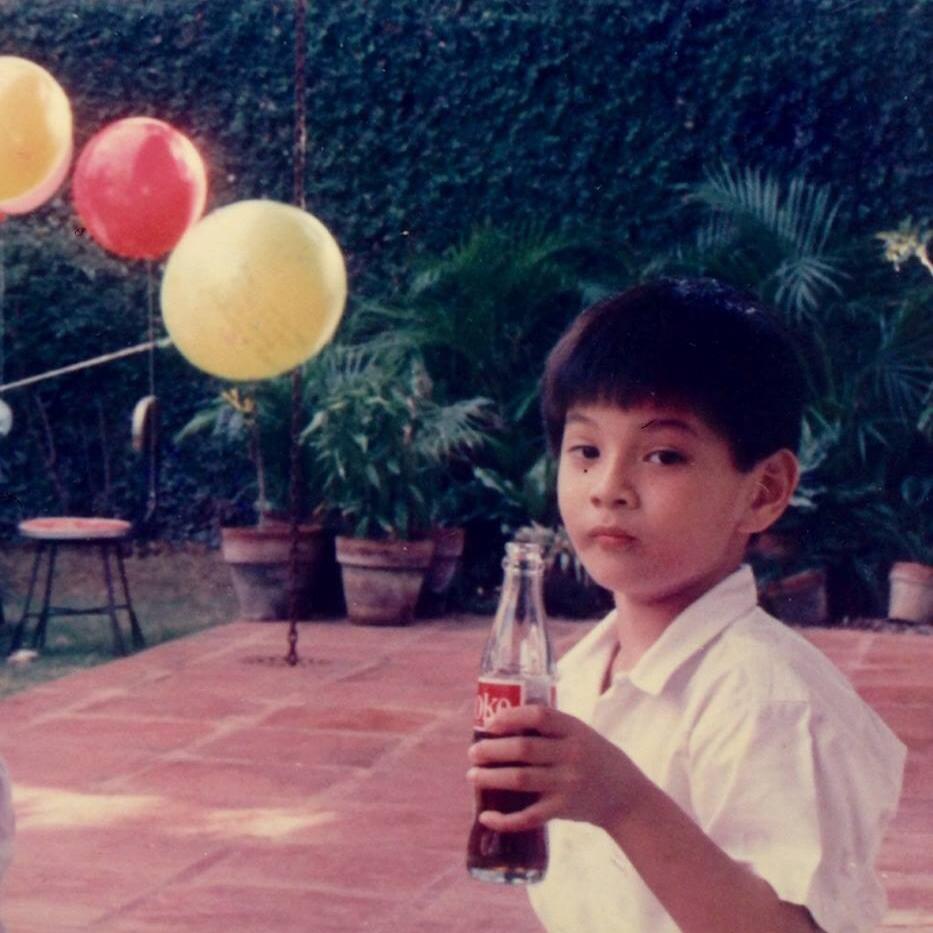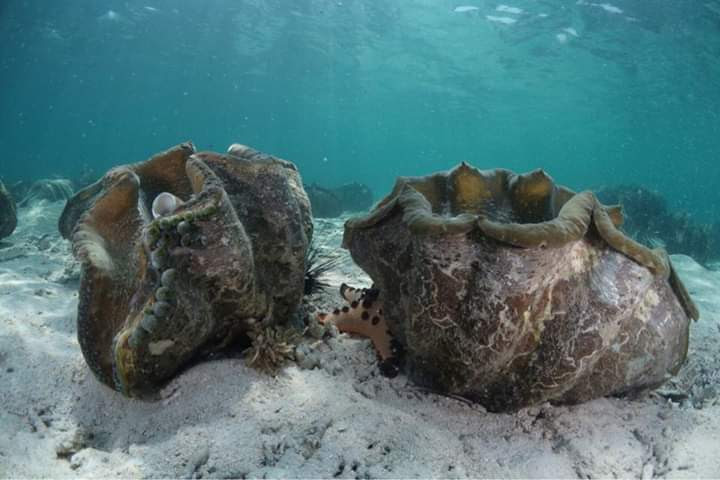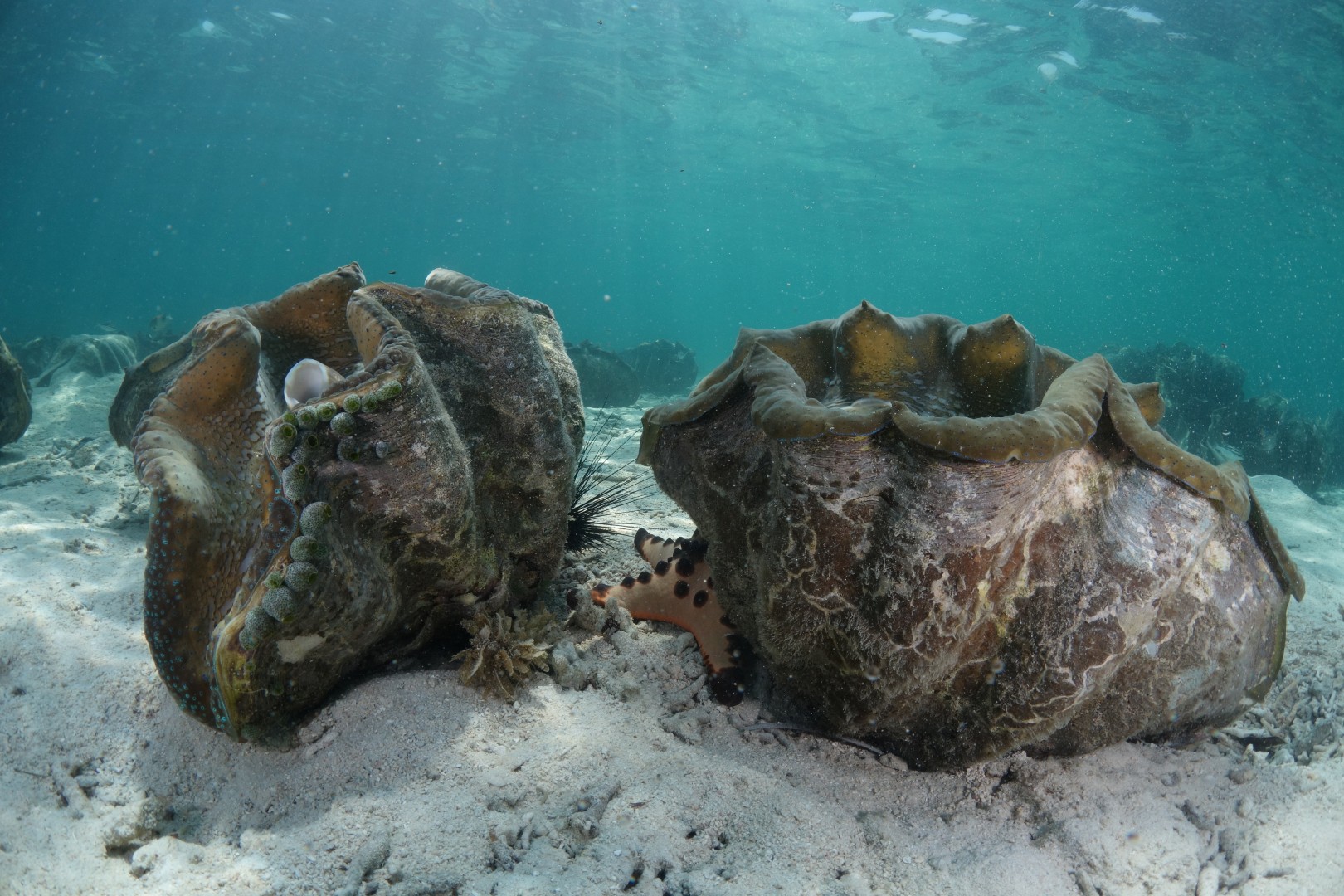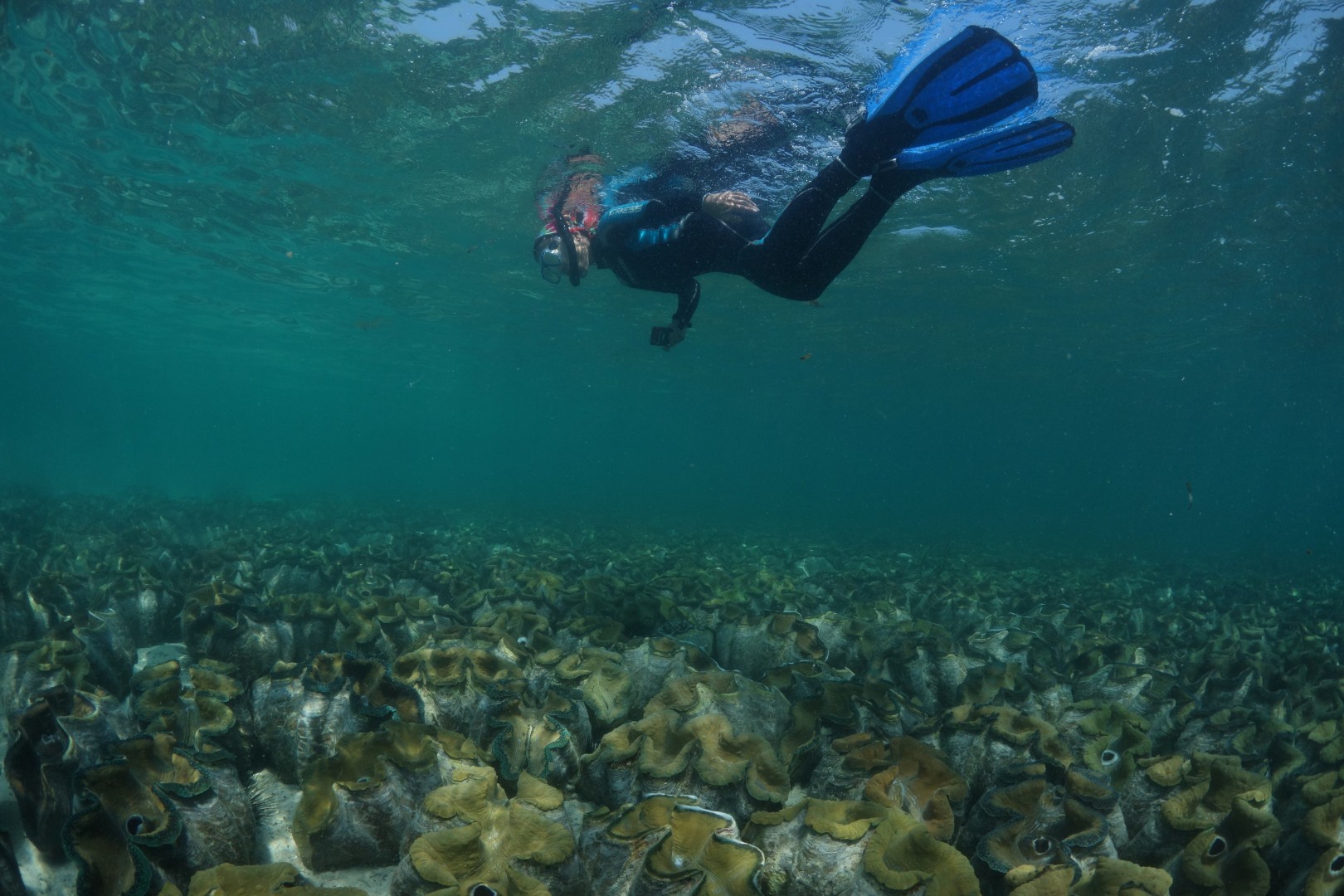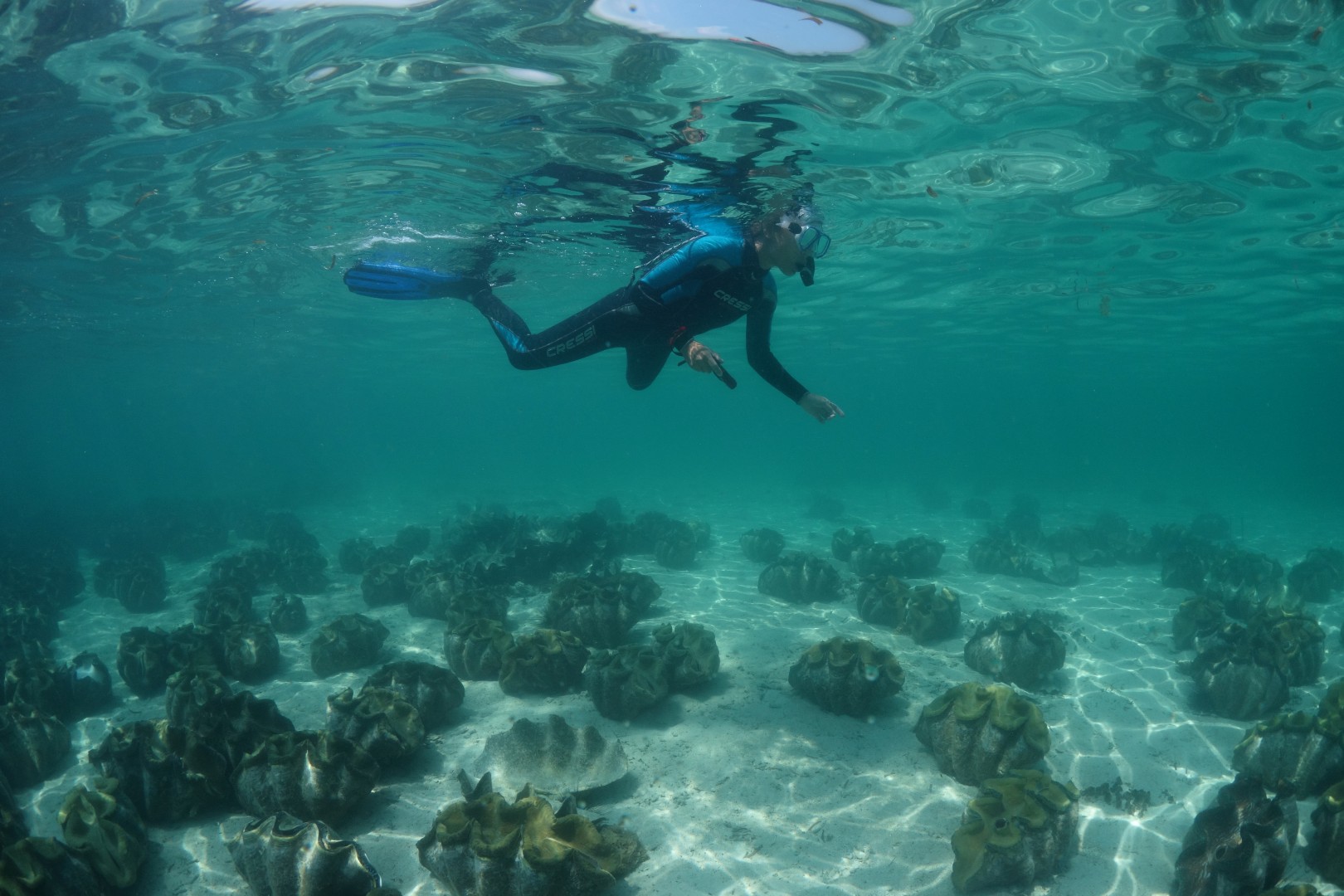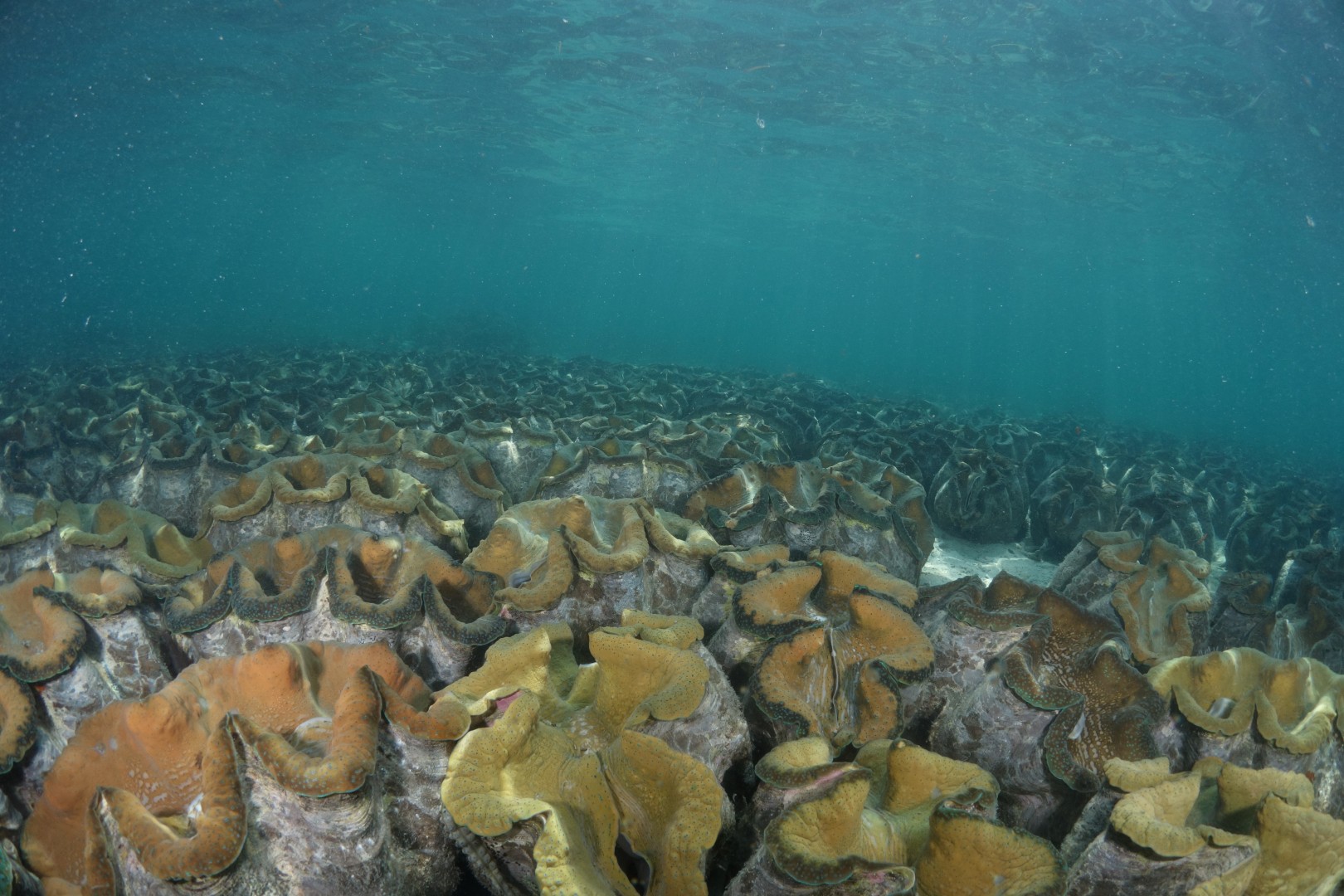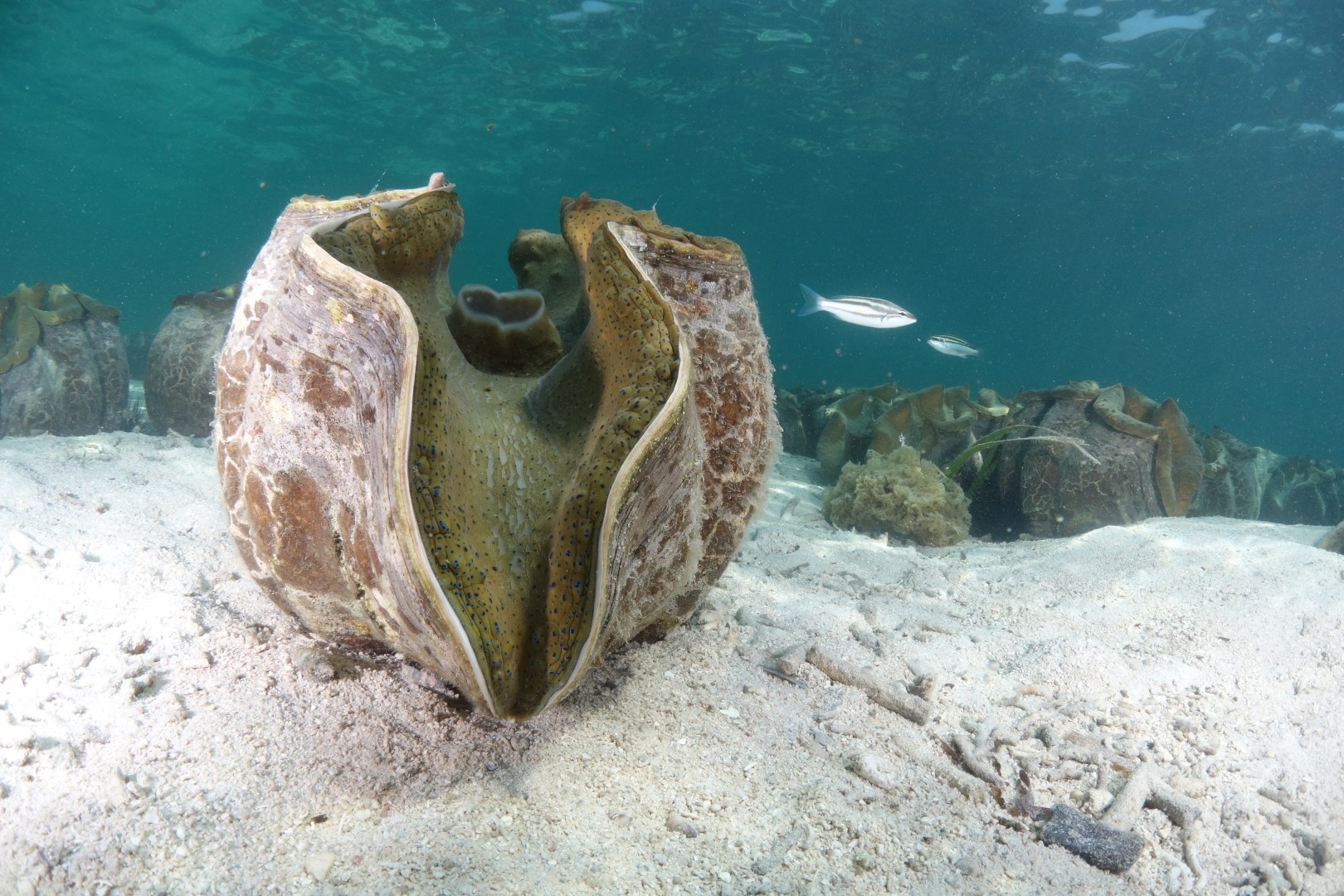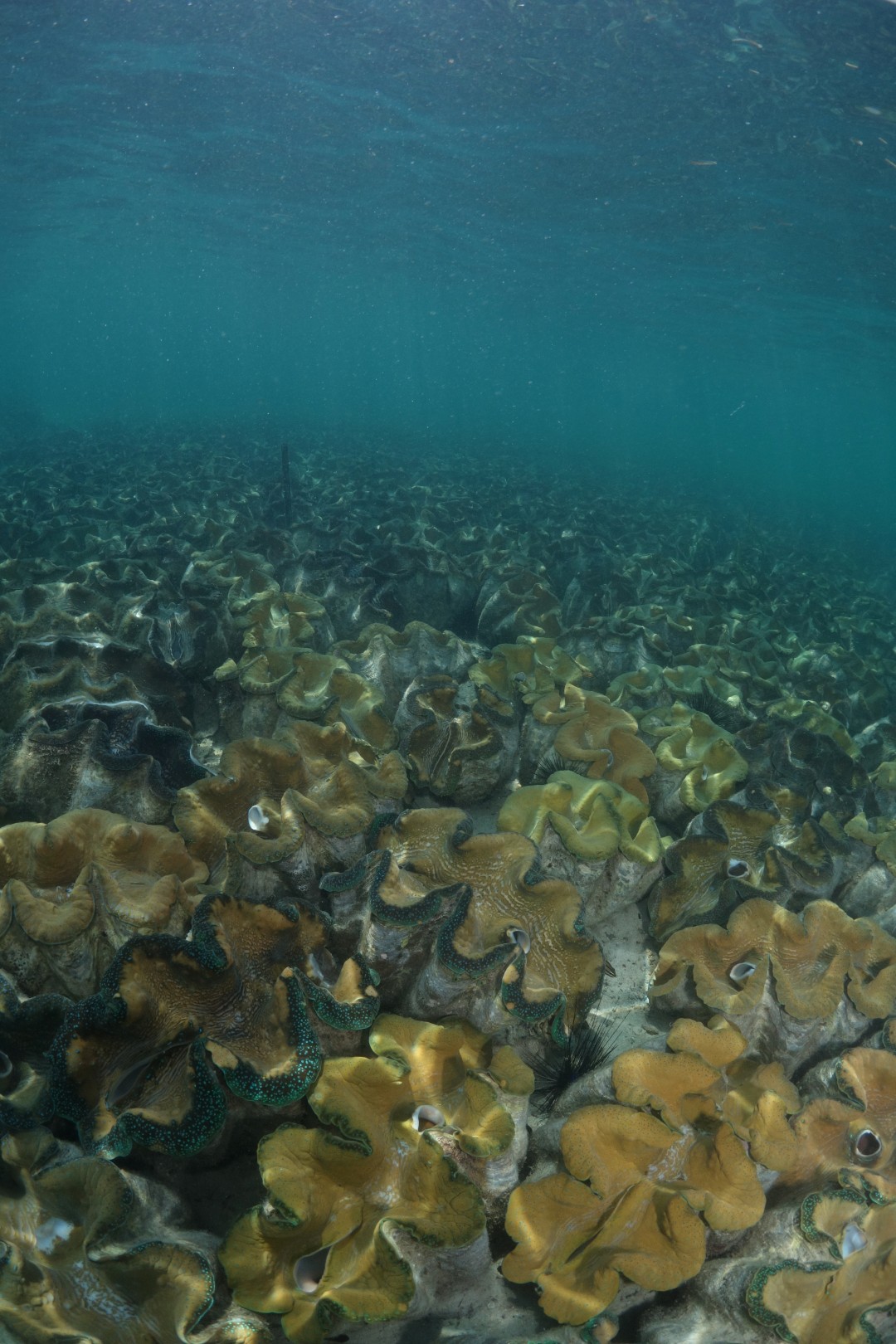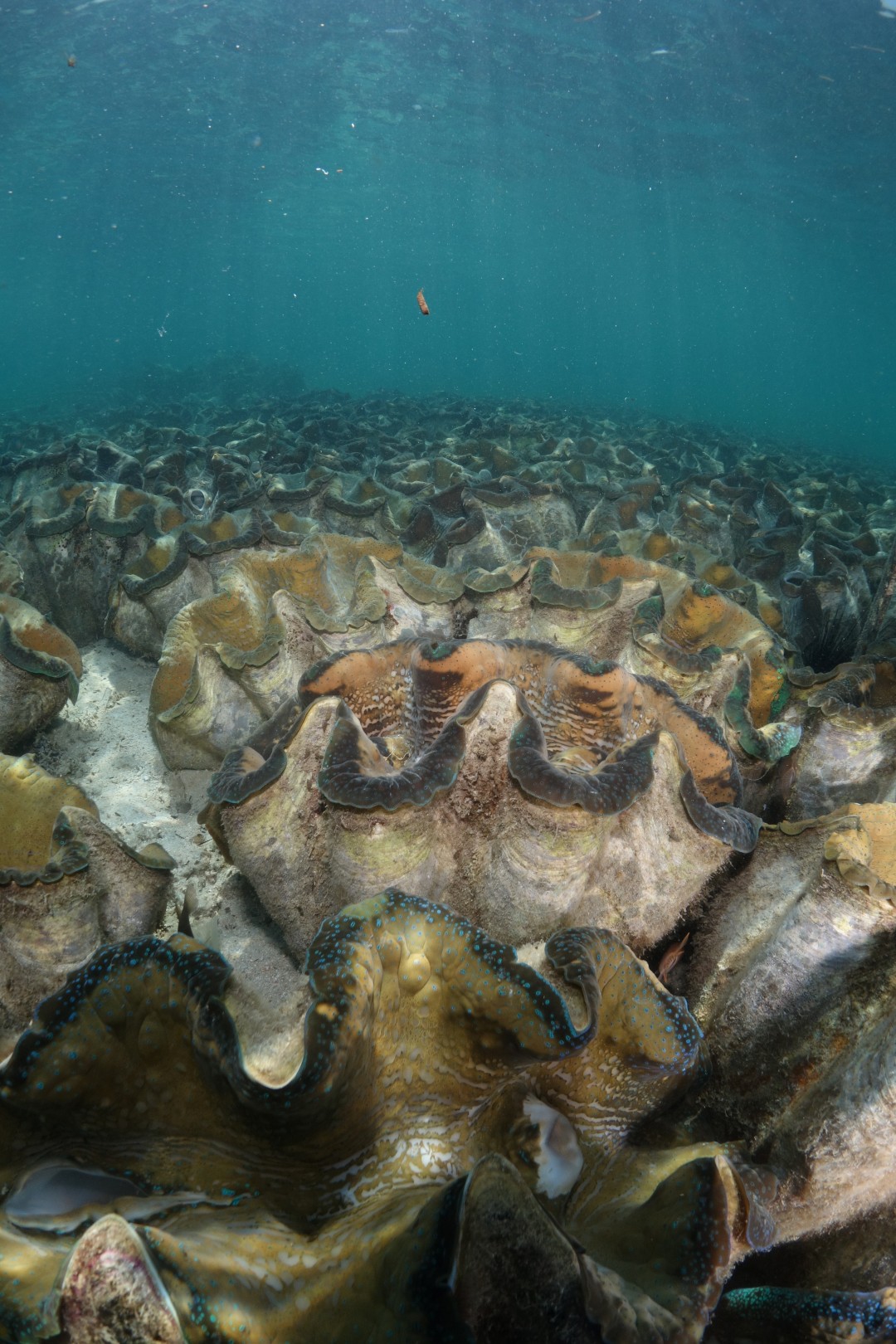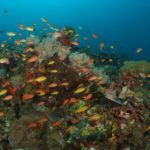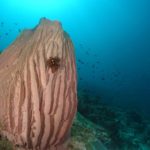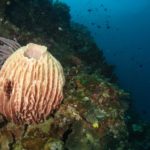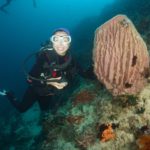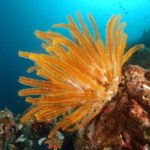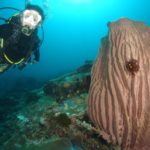This article originally appeared in the December luxury supplement of the Manila Bulletin, dated December 4 2017.
The relentless search for youth has been a consistent theme in humanity’s aspirations. Because youth is fleeting. It is synonymous to time, to better days — “the good old daysâ€, to unbridled passions where mistakes were to be made, and the scars — both physical and emotional were worn with pride. To freedoms, rebelliousness and the small but seemingly timeless window of being invincible.
I thought I was young (in age, at my late 30’s), but I realized that the power of real youth is recognizing old from new. To declare, without hesitation, that “wow that was so long ago†or recognizing a 90’s playlist as oldies or to say that good guy Kanye West is “giving this Paul McCartney guy a chance to be famous†with a duet.
The age of information has made the search for youth more bittersweet:
“People think this 60 year old mother is her son’s girlfriend.â€
“Nigella Lawson’s secret to looking great is eating lots of chocolate.â€
“Nurses reveal the things patients at their deathbeds wish they had done when they were young.â€
It’s also given rise to the 1% of the metabolically gifted — all flaunting on Facebook; that while many search far and wide for the best diet and cleansing routine, these flawless men and women are outliers in that they eat and drink anything.
It is in such times that humanity has labeled youth to be part of the many luxuries we aspire for, and the concerted effort to “looking and feeling younger†is all thanks to the coalescence of social media with the debates on both sides never being resolved. But the one thing that we can all agree on is that the culture of youth — of being young — whether it is a mindset or a literal turning back the clock to look a decade younger is more prevalent today than any other time in human history.
There are those that believe that youth is directly related to the physical aging process. This is the default stance, where the west has been trying to discover that miracle cure of eastern medicine and treatment. A digression: about a year ago, I attended a small “meeting of the minds†with several regional journalists who were all digital practitioners. We were social media and the prevalence of how fake news takes its form per country and the rep from Thailand said that most of the false news isn’t about politics, but about the beauty and wellness industry, with miraculous claims of snake oil permeate the news feed of tens of thousands of Thai women.
There are those that believe that youth can be prolonged through science. The life sciences have become rather exciting in the past decade. With ketogenics (or insert new science-backed diet fad here), intermittent fasting and Functional Medicine leading the pack, society is at its healthiest. In this lifetime, we’ve rid ourselves of polio, malaria and smallpox all because of science. In the Paleolithic era, I would have been dead ten years ago. In the past 50 years, we’ve almost doubled the life expectancy to an average of 71. What does this tell us? This trend of catching our youth is a direct response to a scientific breakthrough, a bi-product of the sign of times because of advances in food and medicine allow us now to live longer than 50 years on average. Imagine, just about 70 years ago, the global average life expectancy was 50 years for human beings. That would mean that your 30’s was your last hurrah before retirement. The longing for youth in our 50’s and 60’s is a luxury in itself, as human beings have never lived this long.
There are those that believe that youth is a state of mind, and this is is perhaps the stance that most people want to accept – that youth is a life style – a life choice, that 40 is the new 20, that your retirement plan is to travel – because this is the most positive manifestation of affordable luxury. Positive thinking, yoga, anger management – these lifestyle pursuits ultimately lead to a clearer mind, spirit and conscience.
On a personal level, I do believe that youth is humbling. It is the reality that punches you in the face, once you realize that you tend to catch your breath at closer intervals when climbing stairs, and that the only solution is even more suffering in terms of diet and exercise. I also do believe though that the pursuit of youth is a tautology: the Romans defined duty and responsibility as being in medias res, or with all things in moderation. It is most apparent in Bk II of The Odes by Horace titled The Golden Mean,
Whoever takes delight in the golden mean,
safelt avoids the squalor of a shabby house,
and, soberly, avoids the regal palace
that incites envy.
This advice is often given to the young, bestowing upon them a sense of responsibility and duty, to be at the center of the turning wheel so that you are never up nor down. But of course, we all know that this sense of sobriety comes as a function of time and wisdom. Isn’t the youth defined as brazen and unbridled?
